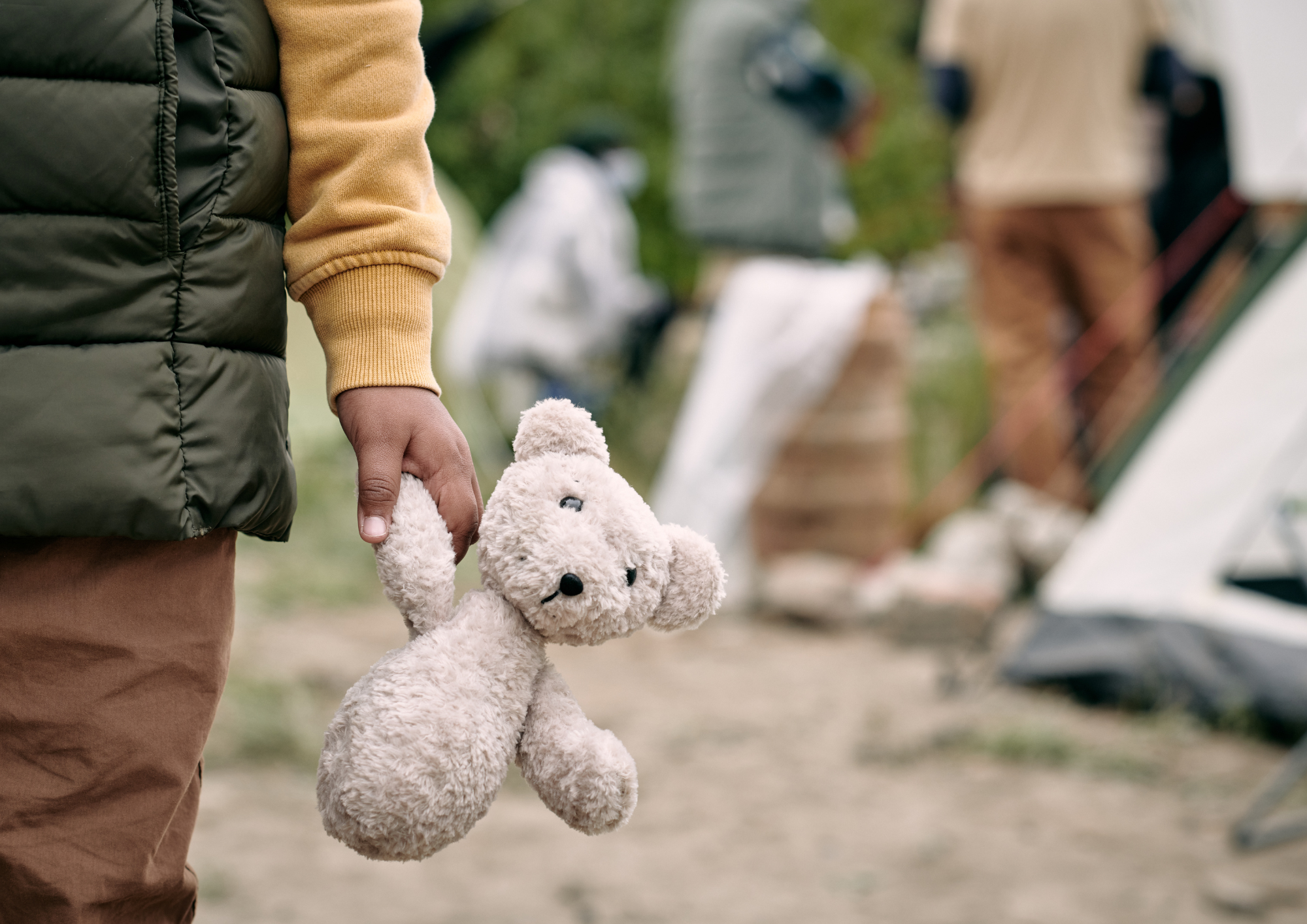Abstract
Forced migration research and policy have historically been shaped by a homogenised notion of the displaced person—typically an able-bodied, heterosexual male refugee—leading to uniform responses that failed to address the diverse experiences of forcibly displaced individuals. Although the emergence of the Women in Development (WID) movement in the 1970s brought attention to gendered experiences through the figure of the “refugee woman,” this shift remained insufficient in acknowledging the heterogeneity within and beyond gender categories. This article applies an intersectional lens—originating from Kimberlé Crenshaw’s work on the interconnectedness of race and gender—to explore how multiple identity markers such as ethnicity, age, religion, and legal status interact to shape experiences of forced displacement. It focuses specifically on unaccompanied foreign minors (UFMs), whose transition to adulthood is complicated by the convergence of their age, migration status, and lack of familial support. By interrogating the limitations of identity-based labels such as “unaccompanied foreign minor,” the article argues for more nuanced, individualised, and participatory policy responses. It highlights the need to understand how displacement reshapes social structures and power dynamics, often rendering previous identity markers invisible while imposing new ones, thus significantly affecting UFMs’ self-perception and access to support systems. Ultimately, the article calls for a shift away from essentialist categorizations toward intersectional approaches that are attentive to the full complexity of young migrants’ identities and needs.
March, 1 2021.
Security, Defence & Migration


